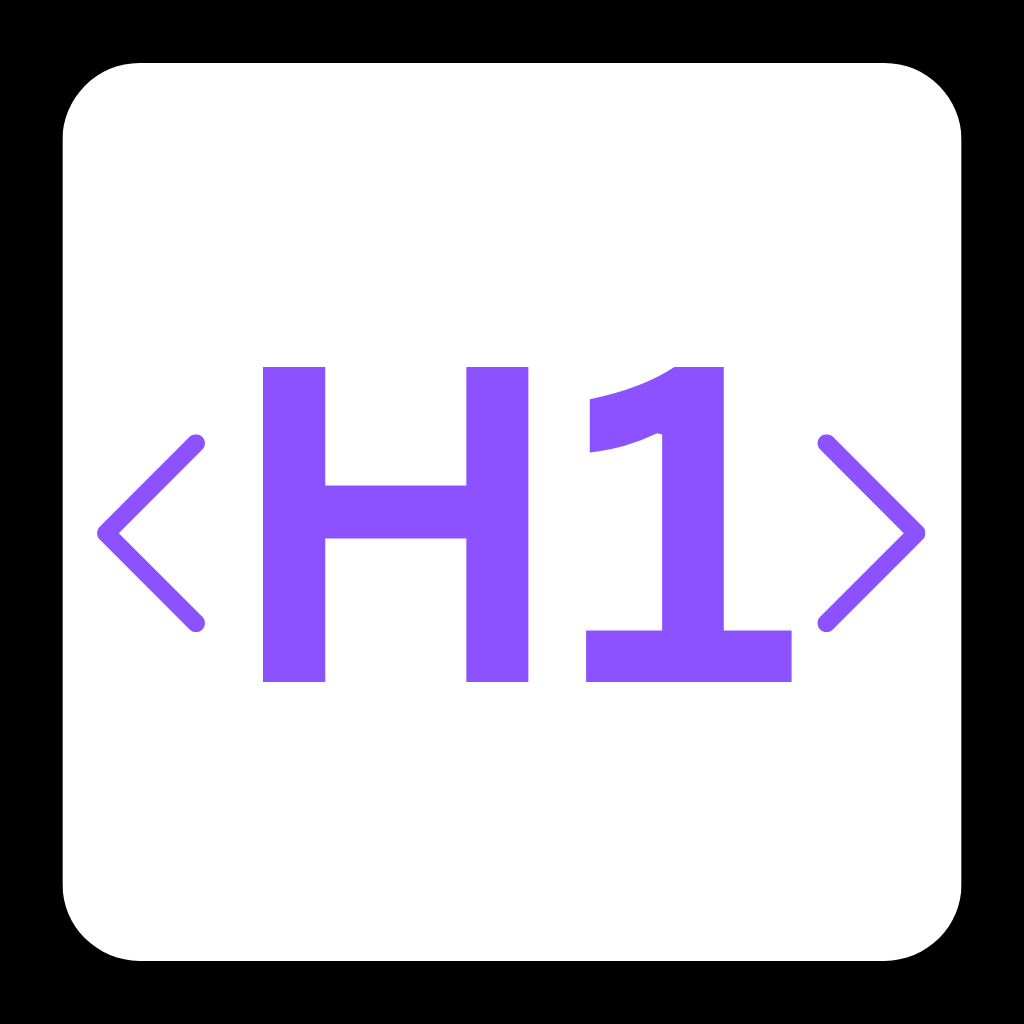Can AI Finally Map Every Protein in Your Cells? MIT’s Breakthrough Says Yes

Alzheimer’s, cancer, cystic fibrosis—what if the key to curing them lies in knowing exactly where proteins hide inside your cells?
MIT, Harvard, and Broad Institute researchers have developed PUPS, an AI model that predicts protein locations in human cells with single-cell precision. This tool could slash years off drug discovery and disease diagnosis. Let’s dive in.
🌍 The Protein Localization Crisis: Why 99.75% Remains a Mystery
Proteins gone rogue—misplaced in cells—are linked to devastating diseases. But mapping them is like finding needles in a galactic haystack:
- 📊 70,000 Proteins, 0.25% Mapped: The Human Protein Atlas, the largest database, has only 13,000 proteins across 40 cell lines—just 0.25% of possible combinations.
- ⏳ Manual Experiments Take Months: Testing one protein in one cell line requires costly lab work. Scaling this for all proteins is impossible with current methods.
- 🔍 AI’s Blind Spot: Existing models average predictions across cell types, missing critical single-cell variations (e.g., how a cancer cell reacts to treatment).
✅ PUPS: The AI That ‘Paints’ Protein Locations Like Van Gogh
PUPS (Prediction of Unseen Proteins’ Subcellular Location) combines two cutting-edge AI models:
- Protein Language Model: Analyzes amino acid sequences to predict 3D structure and behavior.
- Image Inpainting Model: Studies cell stains (nucleus, microtubules, endoplasmic reticulum) to decode cell state.
Together, they generate a highlighted cell image showing a protein’s predicted location. Key breakthroughs:
- 🎯 Single-Cell Precision: Tracks proteins in individual cells, not averages—critical for studying rare mutations.
- 🚀 Zero-Shot Learning: Predicts locations for proteins and cell lines never seen in training data.
- 🔬 Lab-Validated Accuracy: Outperformed baseline AI models in MIT experiments, with lower prediction error rates.
⚠️ The Catch: Why PUPS Isn’t a Magic Bullet… Yet
While revolutionary, challenges remain:
- 🧩 Complexity Overload: Combining protein sequences and cell images requires massive computational power—limiting real-time use.
- 🩺 Validation Gap: Predictions still need lab confirmation. As co-lead Yitong Tseo notes, “This is a screening tool, not a replacement for experiments.”
- 🧬 Protein Interactions: Current version maps single proteins. Studying clusters (like those in Alzheimer’s plaques) is next-gen goal.
🚀 Final Thoughts: A New Era for Precision Medicine?
PUPS could become biology’s “Google Maps” for proteins if:
- 📈 Scalability Wins: Handling 70K proteins across thousands of cell types without crashing servers.
- 🤝 Medical Adoption: Clinicians using PUPS to pinpoint mislocalized proteins in patient biopsies.
- 💡 Beyond the Lab: Predicting protein behavior in living tissues—not just cultured cells.
As PUPS co-creator Xinyi Zhang puts it: “We’re not just predicting dots on a screen—we’re decoding cellular storytelling.” Could this be the start of AI-driven cures? What do YOU think?
Let us know on X (Former Twitter)
Sources: Adam Zewe. With AI, researchers predict the location of virtually any protein within a human cell, 2025-05-15. https://news.mit.edu/2025/researchers-predict-protein-location-within-human-cell-using-ai-0515










